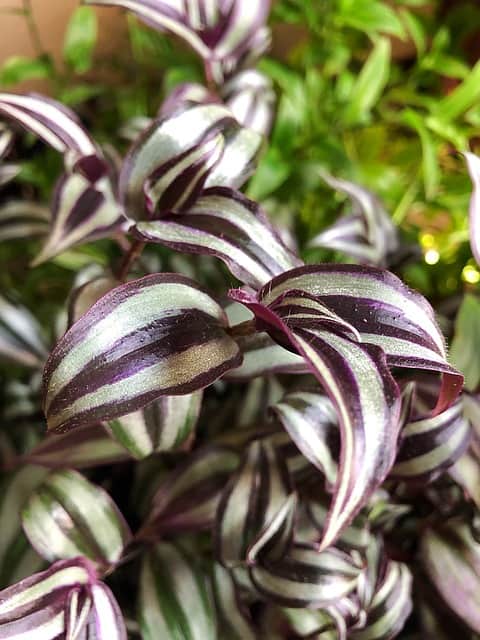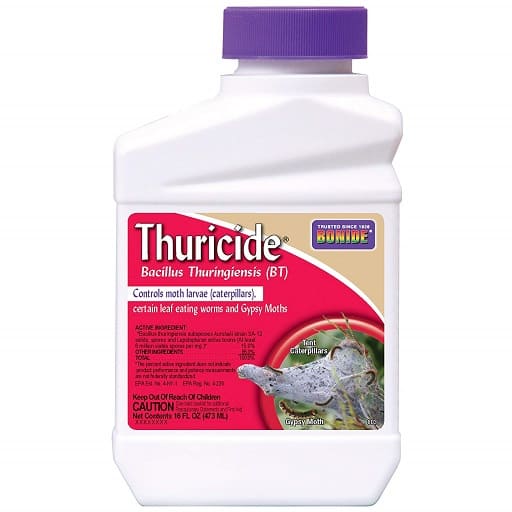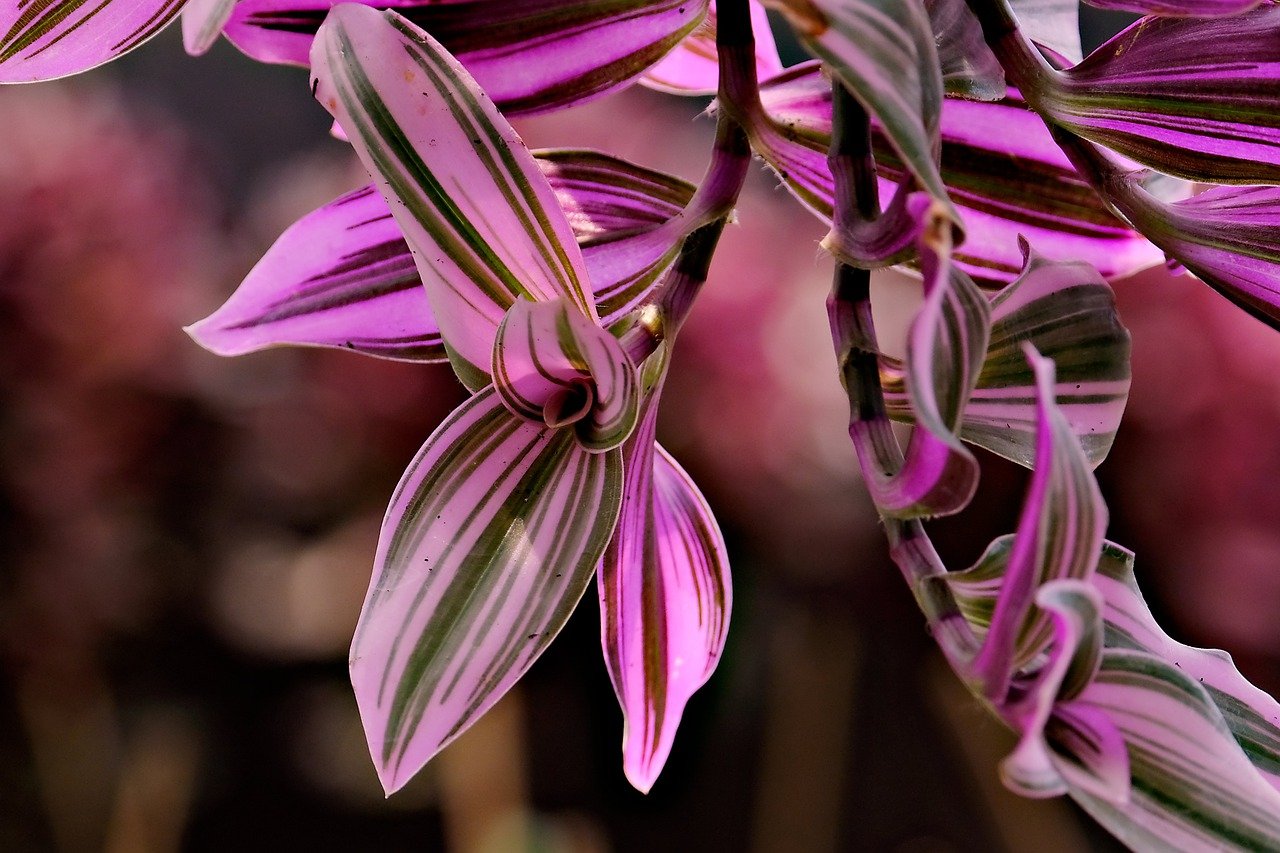This vibrant plant, known for its stunning striped leaves and easy-care nature, can thrive in various conditions, making it a favorite among plant enthusiasts. In this guide, you’ll find all the information you need to successfully propagate your Wandering Jew plants, whether you’re a beginner or an experienced gardener.
Understanding the Wandering Jew

Wandering Jew is characterized by its striking foliage, which typically features deep green leaves adorned with silver and purple stripes. This fast-growing plant is often used in hanging baskets or as a ground cover, and it can be maintained indoors or outdoors. Its adaptability and low-maintenance requirements have made it a staple in many homes.
Why Propagate?
Propagating your Wandering Jew is not only a rewarding experience, but it also helps keep your plants healthy. It allows you to:
Expand Your Collection: Adding new plants to your home can create more visual interest.
Gift Plants: Share your propagation success with friends and family.
Maintain Plant Health: Regular pruning and propagating can prevent overgrowth and disease.
Propagation Methods
There are a few effective methods for propagating the Wandering Jew, but the most straightforward way is through stem cuttings. Here’s a step-by-step guide on how to do it.
Materials Needed
Healthy Wandering Jew plant
Sharp scissors or pruning shears
Small pots or containers
Potting mix or water
Optional: Rooting hormone (though often not necessary)
Step-by-Step Guide to Propagation
Choose the Right Time: The best time to propagate a Wandering Jew is during the growing season, typically in spring or summer. This timing ensures the plant is actively growing, which can help with root establishment.
Select Cuttings: Look for healthy stems with at least two to three leaves. Stems that are too woody may not root as effectively, so aim for the softer, green parts of the plant.
Make the Cut: Using clean scissors or pruning shears, cut a 4- to 6-inch section of the stem just below a node (the point where leaves emerge). Having nodes is crucial, as this is where new roots will develop.
Prepare the Cuttings:
For Water Propagation: Place the cut end of the stem in a glass of water, ensuring that at least one node is submerged. Change the water every few days to keep it fresh.
For Soil Propagation: Dip the cut end into rooting hormone (optional) and then place it into a small pot filled with moist potting mix. Ensure the node is beneath the soil.
Provide Proper Conditions:
For Water: Keep the glass in a bright, indirect light location. You should see roots developing within a couple of weeks.
For Soil: Water the cutting lightly and cover it with a plastic bag or a clear plastic dome to create a mini-greenhouse effect. This helps retain humidity. Place it in a bright spot but avoid direct sunlight, which could scorch the leaves.
Monitor Growth:
If you’re propagating in water, you’ll know your cutting is ready to be transplanted into soil when the roots are about 2-3 inches long.
For soil propagation, check for root establishment by gently tugging on the cutting. If you feel resistance, roots are developing.
Repotting: Once your cuttings have established a good root system, transplant them into larger pots with quality potting soil. Make sure to water them after planting to help settle the soil around the roots.
Tips for Success
Light Conditions: Wandering Jew plants prefer bright, indirect light but can tolerate lower light conditions. However, inadequate light may slow down their growth.
Watering: Allow the soil to dry out slightly between waterings. Overwatering can lead to root rot.
Nutrition: Fertilize your plants with a balanced liquid fertilizer every month during the growing season to encourage healthy growth.
Common Issues

While propagating Wandering Jew is generally straightforward, there are some challenges to watch for:
Rotting Cuttings: Make sure your cuttings are not sitting in waterlogged soil. Rotting usually occurs when there’s excessive moisture.
Pests: Keep an eye out for common pests like spider mites or aphids. Regularly inspect your plants and treat any infestations promptly.
Conclusion
Propagating Wandering Jew is an excellent way to enhance your indoor plant collection or gift some greenery to friends. With just a few simple steps, you can create stunning new plants that continue to thrive and bring joy to your home. So gather your materials, take those cuttings, and watch your garden flourish





